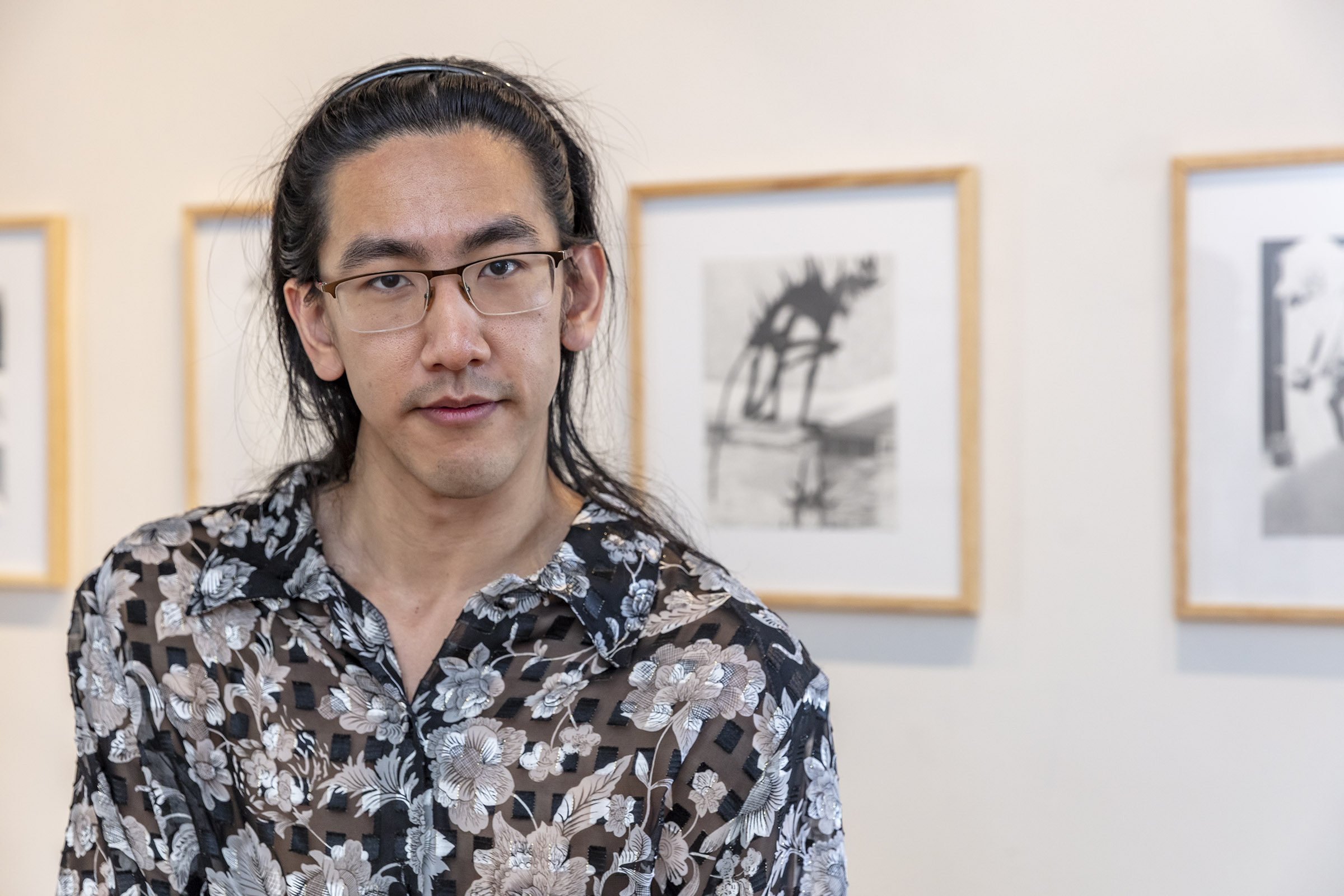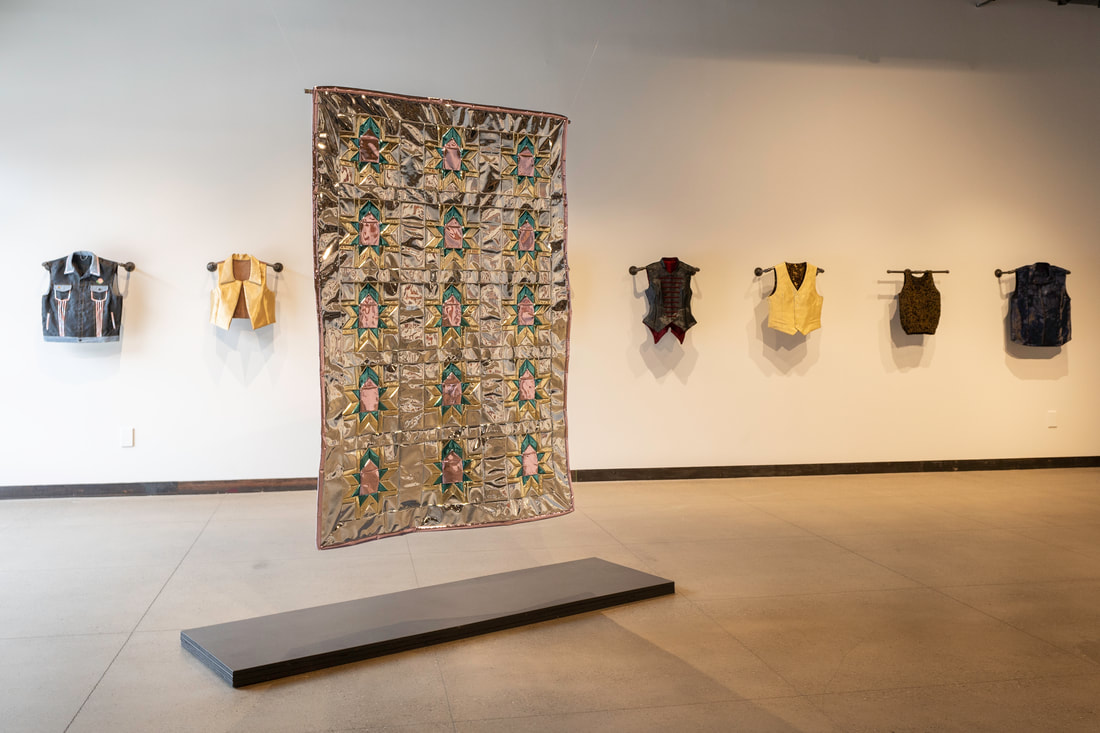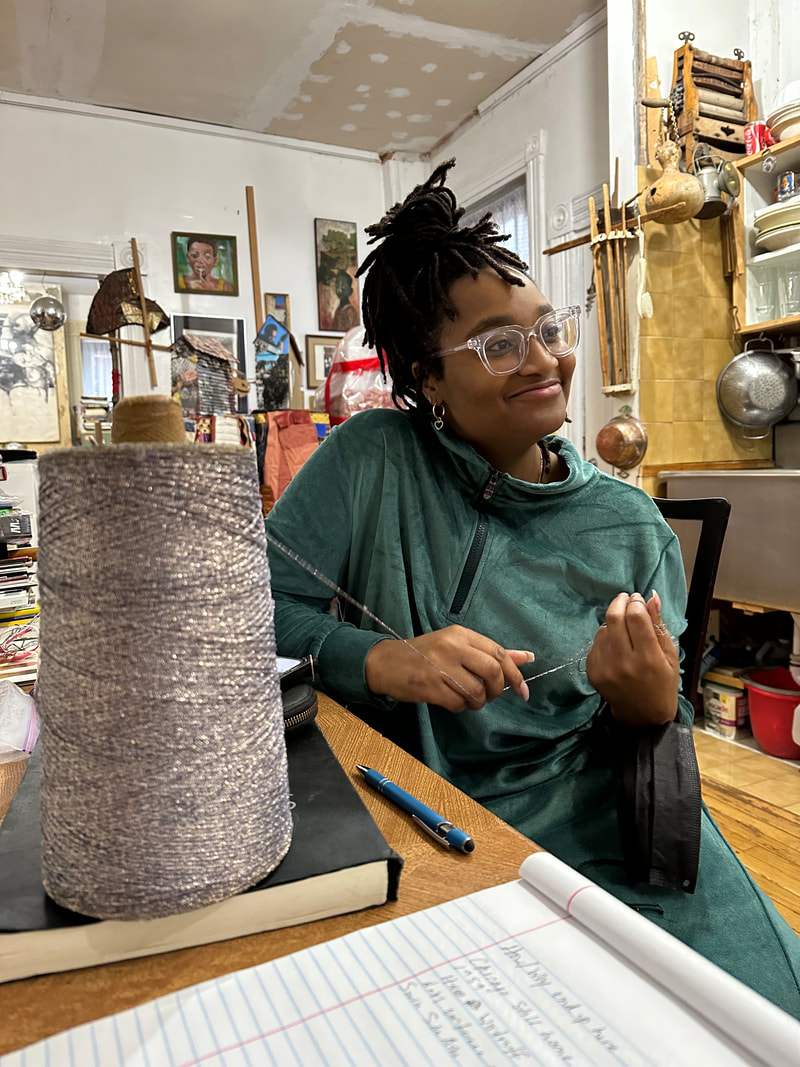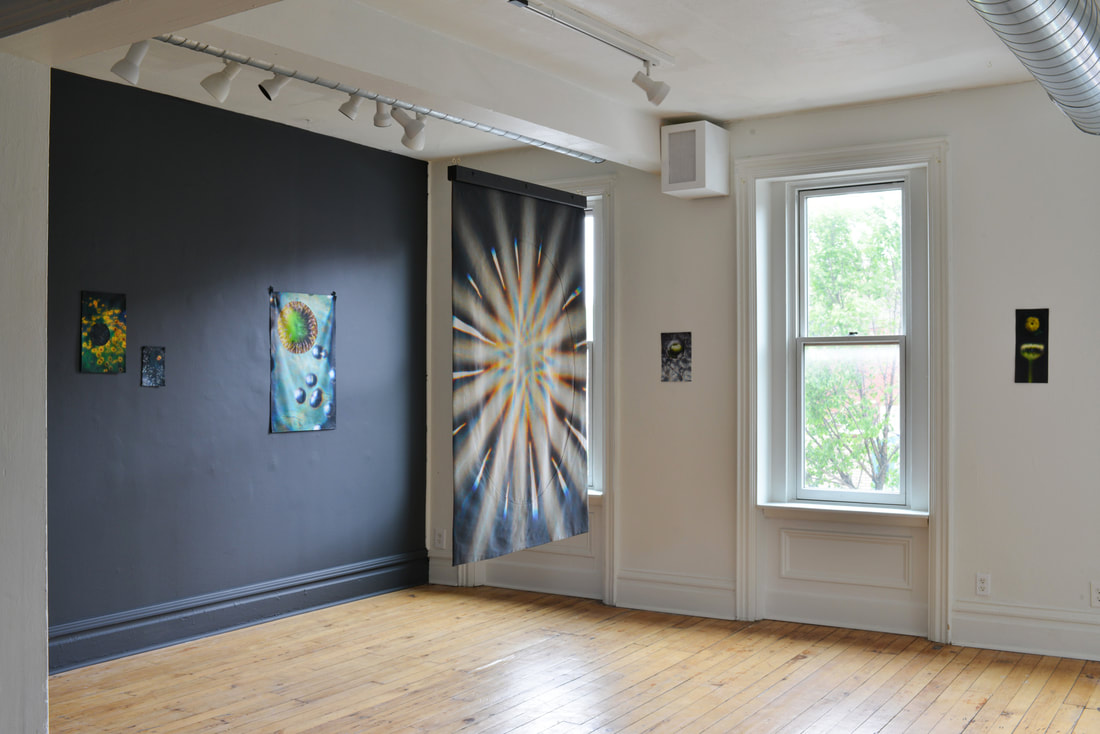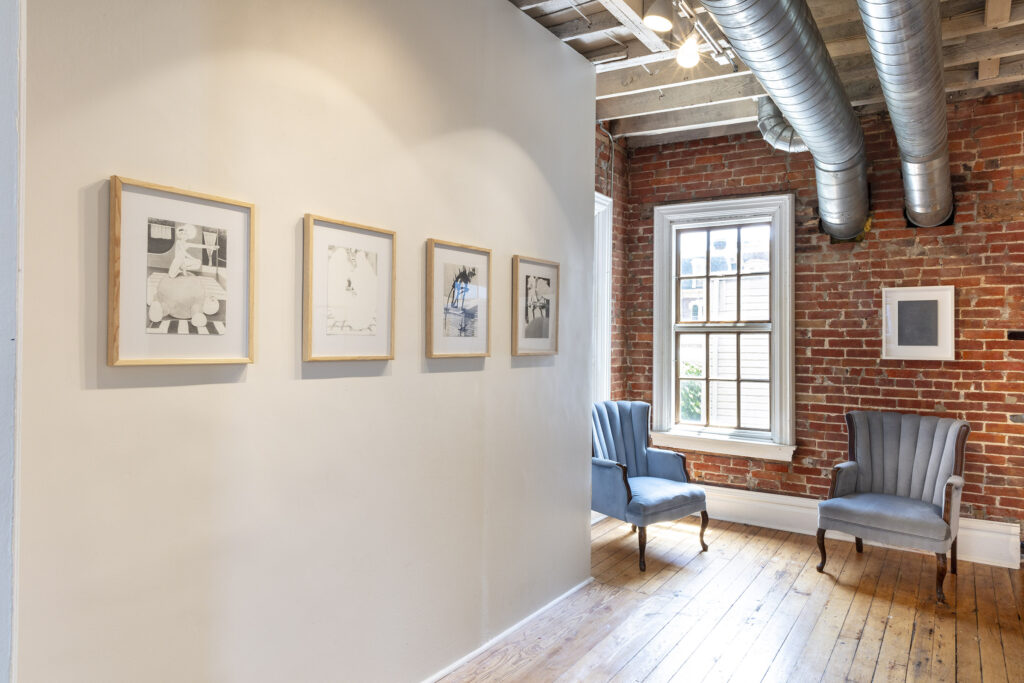
Peng’s solo exhibition at Bunker Projects featured pencil and paper drawings that incorporate themes of queerness, Furryhood and identity.
Illustrator Paul Peng describes himself as “a good artist who makes drawings and shows some of them.”
He’s not wrong.
Peng started drawing in high school, taking inspiration from fantasy, anime and other genres. “I began drawing as a teenager, witnessing and participating in an internet-based folk-art tradition of other sad queer teens drawing themselves as anthropomorphic fantasy creatures, anime monster boys, and other cartoons of things that they are not,” he writes in his artist statement.
His current work extends that practice, incorporating overt themes of queerness and his engagement with the Furry community. “Many motifs from this folk cartooning tradition show up in my work, but I’m less interested in depicting this tradition’s narrative history and more interested in how my work, regardless of what it depicts, directly extends this tradition,” he says.
My Subject, Peng’s Summer 2024 solo exhibition at Bunker Projects, features drawings using pencil and paper. In an artist talk with his colleague, artist Cass Dickerson, Peng joked that My Subject “is me coming out as an illustrator.”
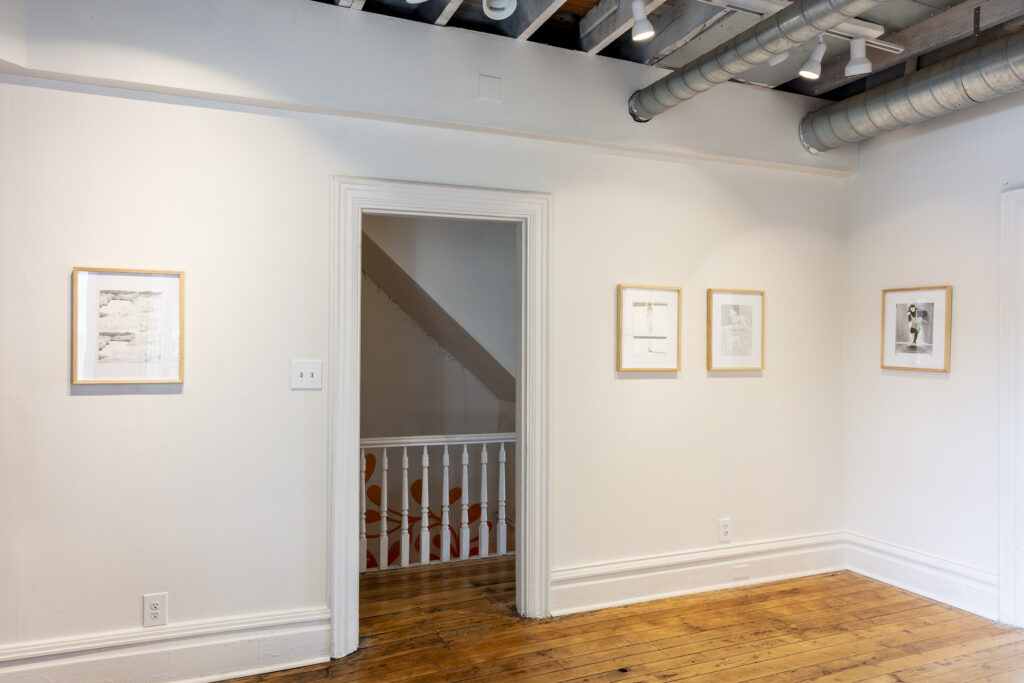
But when you step up to examine Peng’s work—which, because they’re the size of a 9×12 piece of printer paper, it demands that you do—you can see the technique Peng has developed since those teenage days. From across the gallery space, the drawings appear sketch-y, like the doodles in the margins of a notebook. Up close, you can get lost in the nuance—like the angle of a reflection in a sword in Artist’s Touch or the texture in the background of Between Two Dips. In Gone, Peng has paid close attention to how the main figure’s arm causes fabric to ripple, and in Harden Me, Heart, you can’t help but think how much attention was needed to shade and shadow the blades of grass in the foreground and the row of trees in the background.
Facial expression—particularly in the eyes—are also a major motif in the pieces in My Subject. You can see the classical cartoon/anime/Furry influence in their ovate, exaggerated shape, but Peng manages to imbue them with emotion that’s appropriate to the situation in which his figure is placed. In Mountain, the (nude) central figure’s expression seems to be, “How did I get here, and what do I do now?”
The two figures in Between Two Dips also wear expressions befitting their positions on the page. The larger, skeletal figure with its back to the viewer has a look of trepidation—it seems to be contemplating what might happen on dry land. Meanwhile, the smaller figure in the pool is grinning, clearly delighted to be in the water, unaware of what’s happening on the diving board above. In The Center of My Drawing, the viewer’s gaze is drawn to the figure’s phallus, which is literally in the center of the frame—but by looking at the face, you can almost feel the figure’s emotions about being literally and figuratively exposed. The focus of Two Normal Dogs is, well, two dogs who both wear different, slightly anxious expressions and seem to be having a similar-but-not-synchronous experience of their surroundings. (“What’s outside the frame?” the viewer wonders, picking up on the dogs’ anxiety.) And in Harden Me, Heart, there’s great pathos, a tearful, NeverEnding Story-esque figure that’s processing its emotion and, seemingly, searching for something or someone it lost.
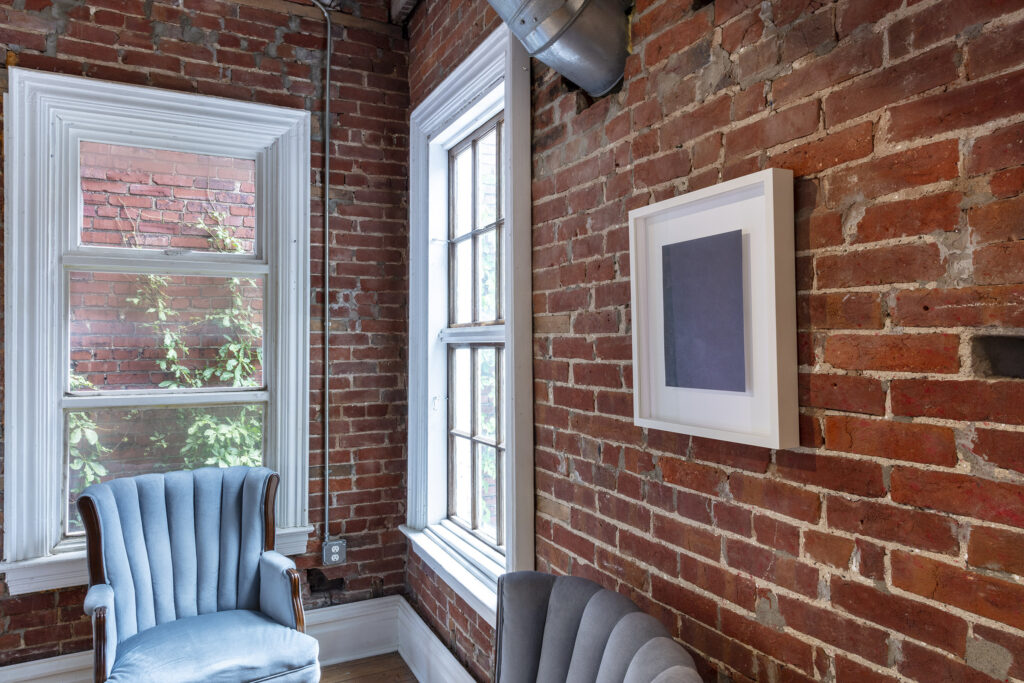
During his artist talk with Dickerson, Peng elaborated on how he thinks about his work within and outside the context of contemporary art.
“I’m thinking about how I can pluck the bits that I like from contemporary art for my own personal value system—the bits that can really help me understand why it’s important to me to be making these sorts of pictures; the bits that I wouldn’t necessarily be able to get from other sorts of conversations,” he said. “I can put on and take off traditional illustration and representation. I can do that with contemporary art and conceptual art. I can do that with independent comics. I can do that with all these other things. I’m engaged with it because I understand that, as much as my art is tied up in these things, there’s also a big part of my art that exists in excess of that. That excess is not necessarily the truth of my art, but it’s an important part of my art.
“I no longer feel that doing illustration forces me to take its treatment of subjecthood and subjectivity for granted,” he continued. “Having that experience of seeing my art through a metaphysical lens allowed me to return to the question of what my art is trying to tell without sacrificing how that art also exists. What is the objective nature of a subjective experience?”
